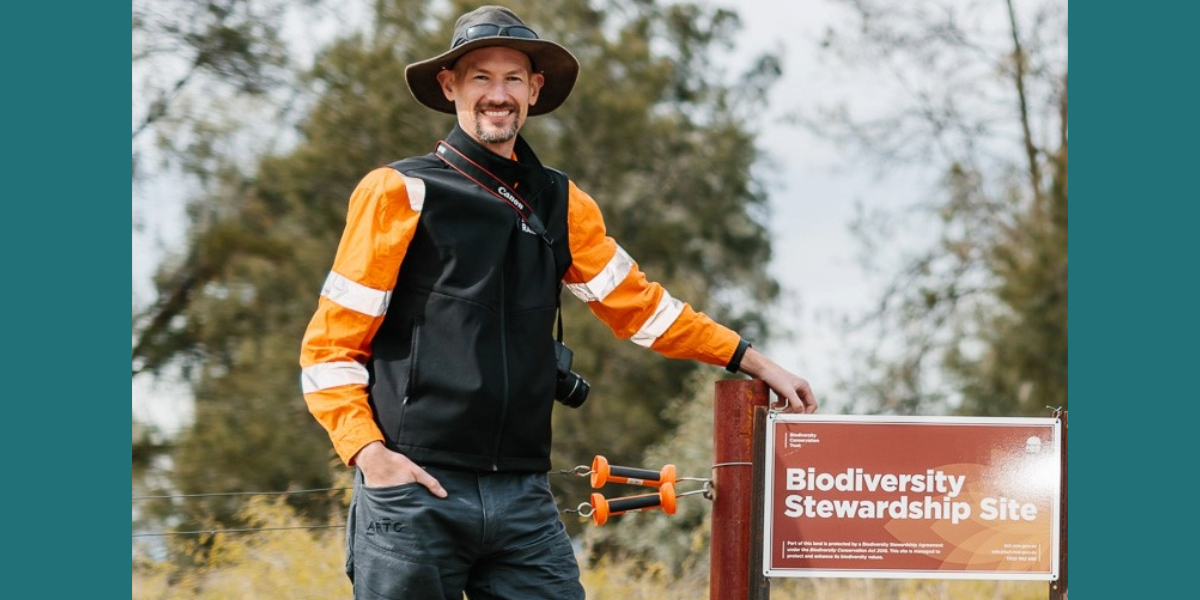Inland Rail has reached a major environmental milestone with the successful retirement of 20,461 biodiversity credits for its Narrabri to North Star Phase 1 (N2NS P1) project.
The achievement marks a significant step in meeting the environmental requirements set by both the Australian and New South Wales governments.
According to the NSW Department of Environment and Heritage, biodiversity credits are an essential part of the Biodiversity Offsets Scheme, used to measure the impact of developments on native vegetation and wildlife. These credits help compensate for unavoidable environmental impacts and contribute to conservation efforts through Biodiversity Stewardship Sites (BSS).
The retirement of these credits means they have been removed from the trading market and cannot be used to offset environmental impacts from other projects.
Inland Rail Executive Director of Health, Safety, Environment and Sustainability, Stephen Jones, said it was exciting to set the new benchmarks.
“Preserving our landscape and caring for the habitats of native Australian flora and fauna is paramount to Inland Rail as we build this project through regional Australia,” said Jones.
As part of its commitment, Inland Rail has played a key role in creating and funding 10 new Biodiversity Stewardship Sites across New South Wales, many in partnership with local landholders. These sites provide long-term protection for native vegetation and encourage sustainable land management practices.
“Inland Rail is forming positive partnerships with landholders to leave a considerable legacy of protected and enriched environments,” said Jones.
Since 2019, Inland Rail has established a total of 17 new BSS, including 15 with local landholders. An additional four applications are currently in progress. Collectively, these sites will safeguard more than 12,500 hectares of native vegetation and habitat, ensuring ongoing conservation efforts.
The company has also been acquiring biodiversity credits from other stewardship site holders, purchasing more than 60,000 credits to date. This process enables landholders to actively manage their sites for biodiversity gain, further supporting conservation and sustainability.
“By working with stakeholders at all levels, we are ensuring the preservation of Australia’s uniquely beautiful environment as we deliver Inland Rail,” said Jones.
Something going on in your part of the New England people should know about? Let us know by emailing newsdesk@netimes.com.au


